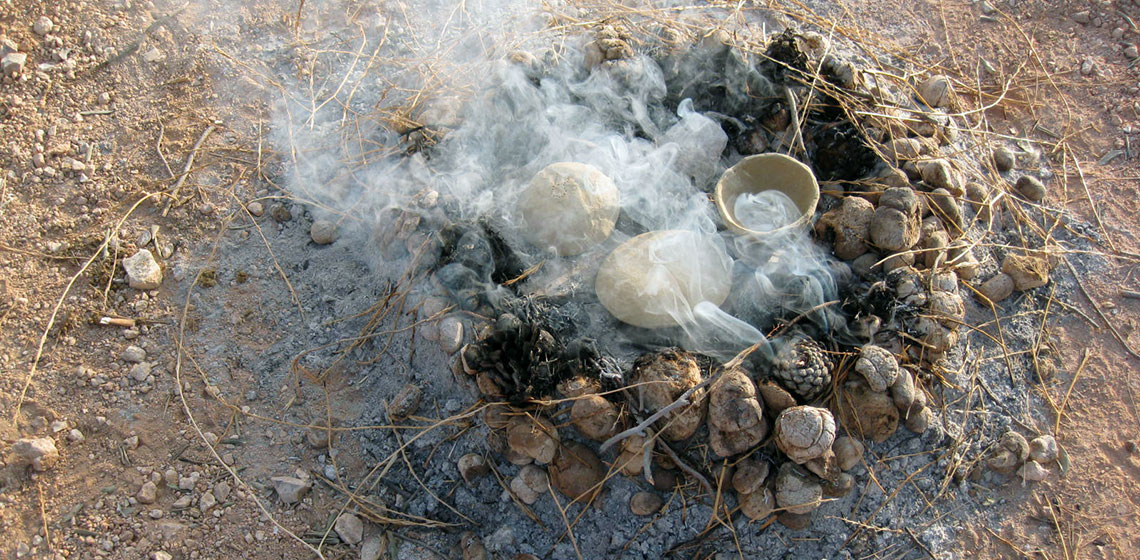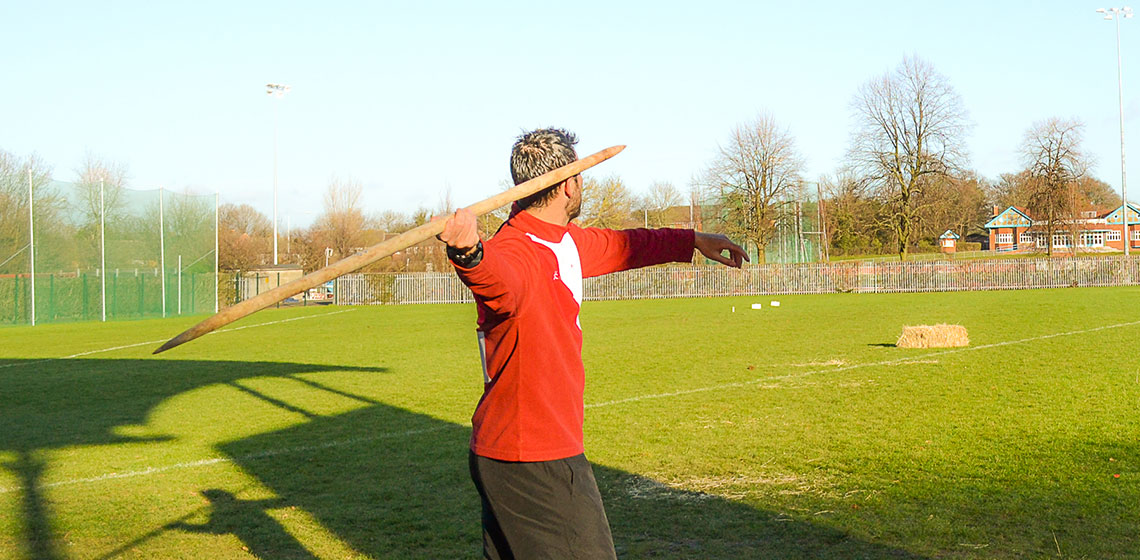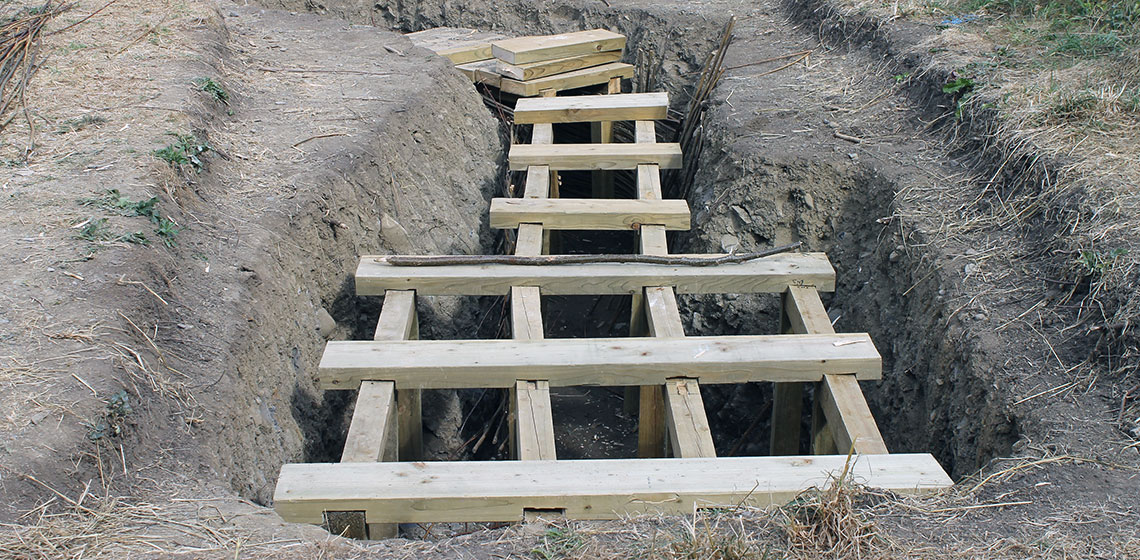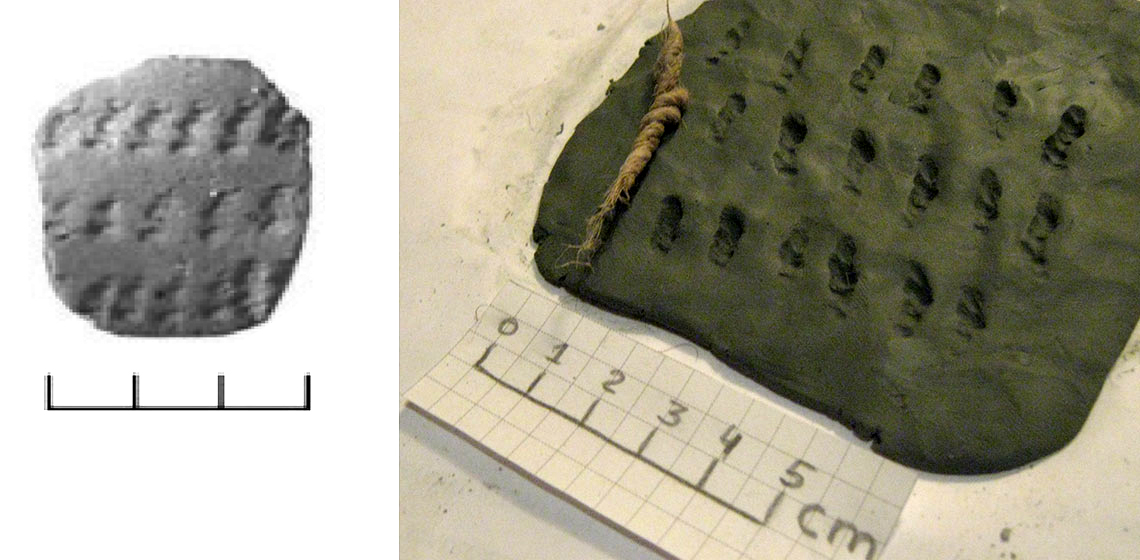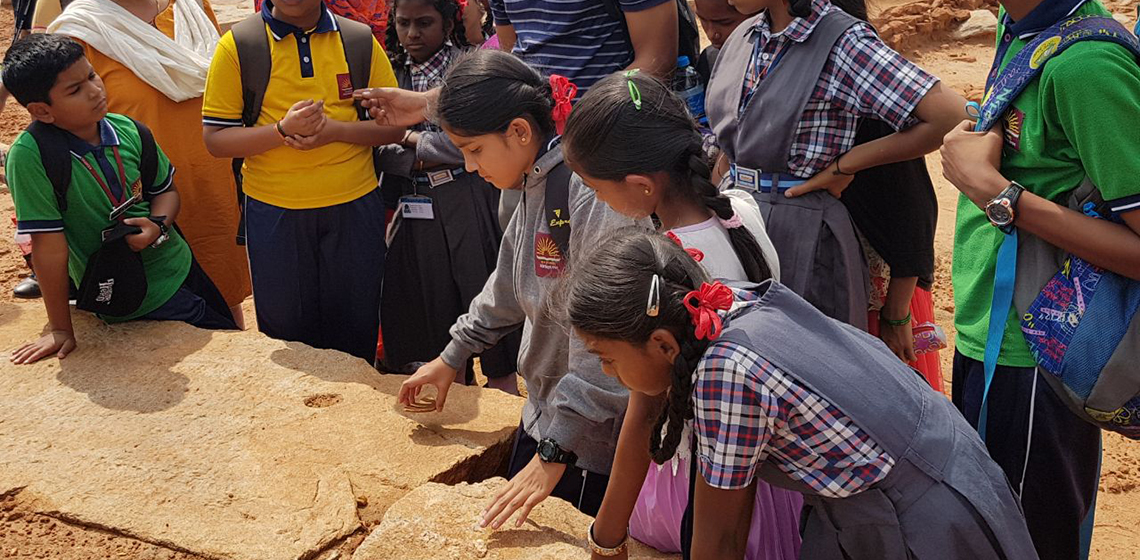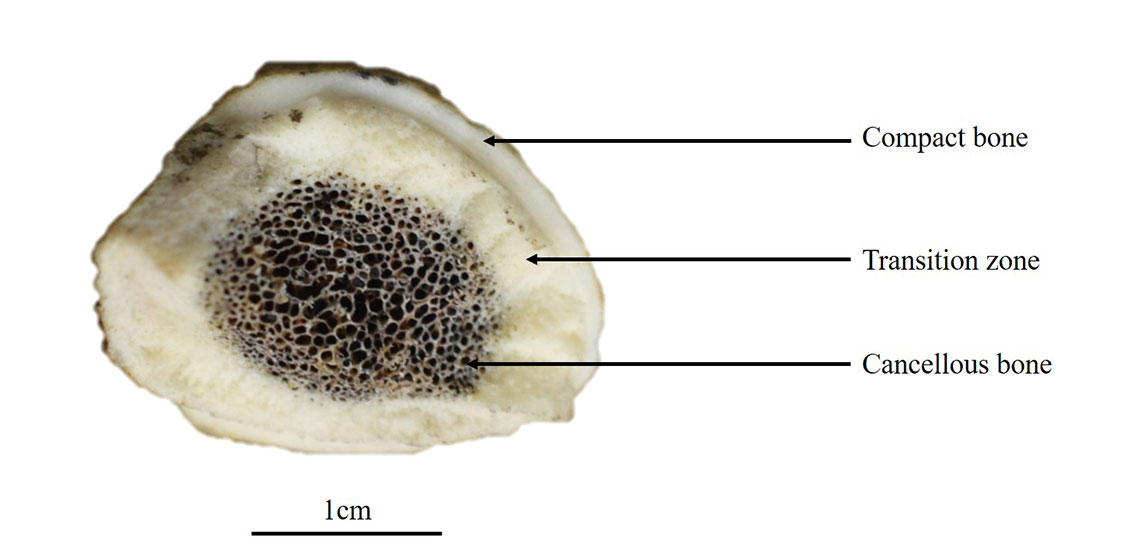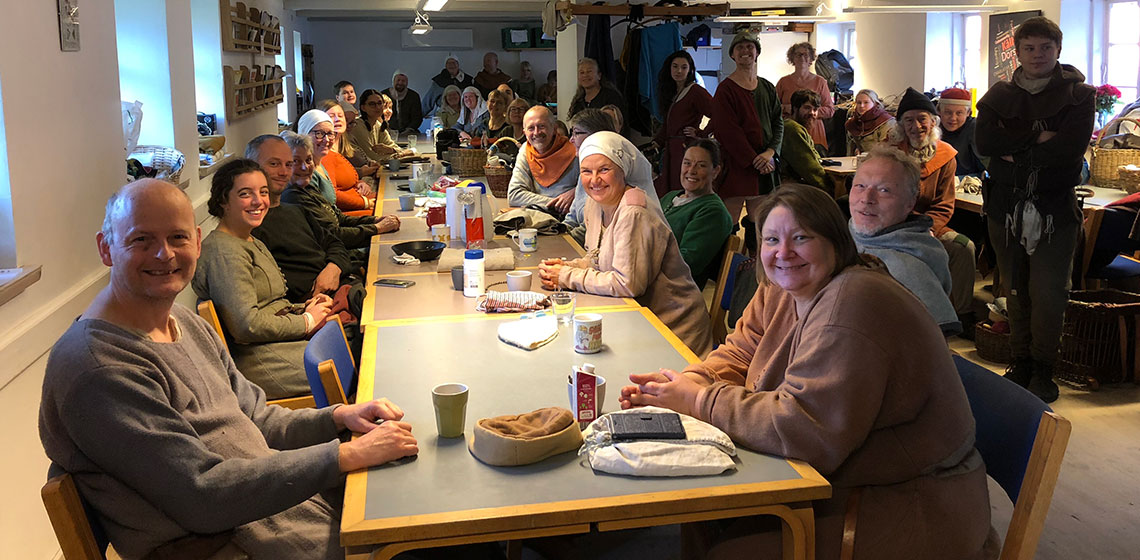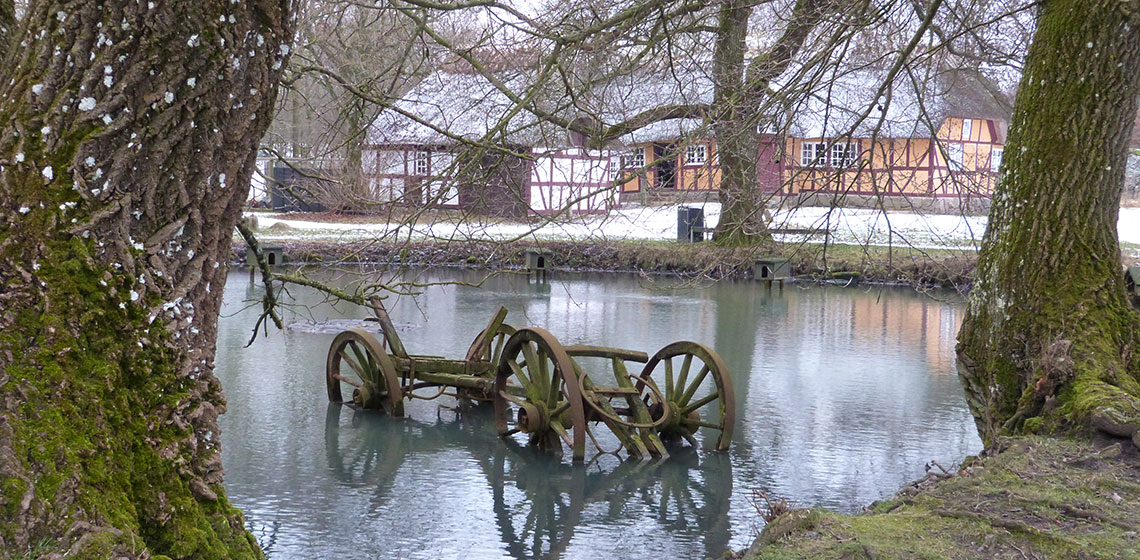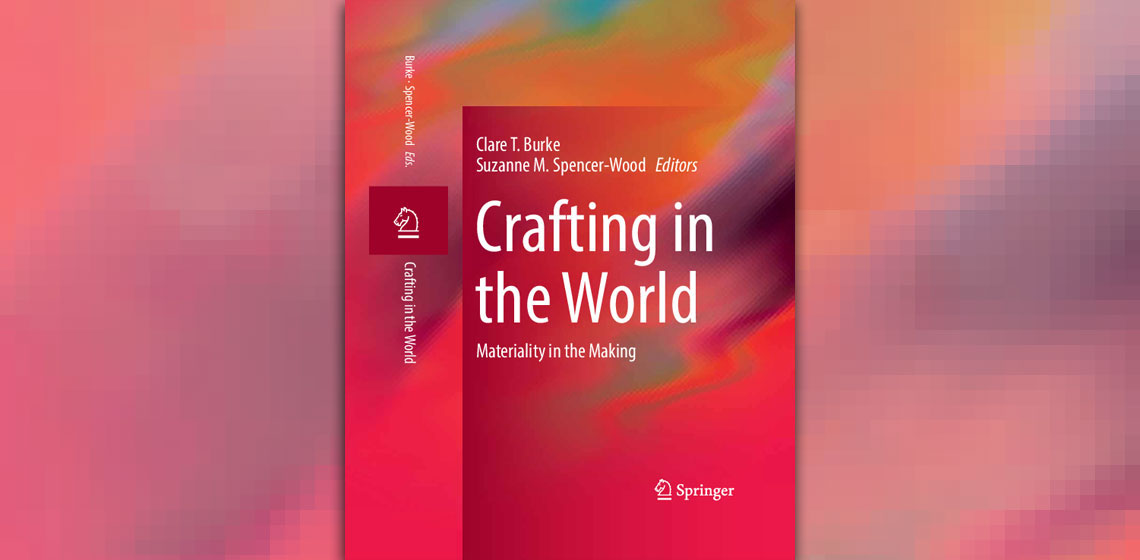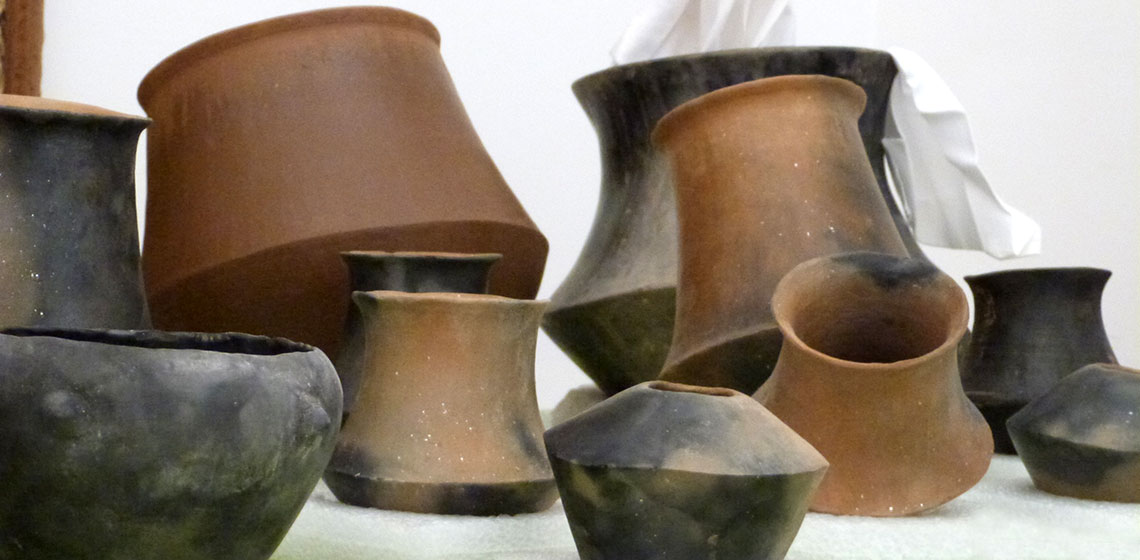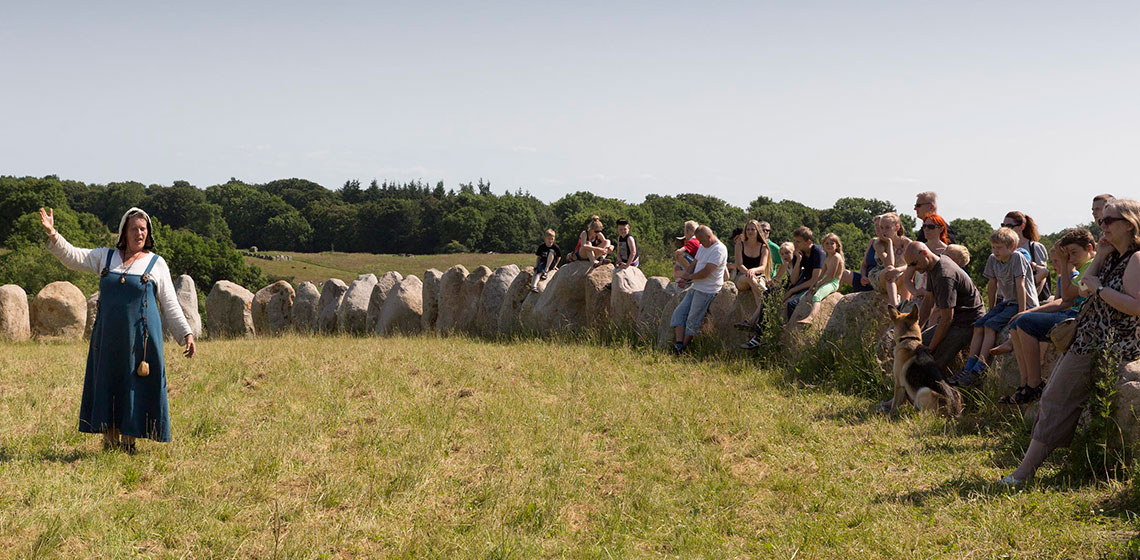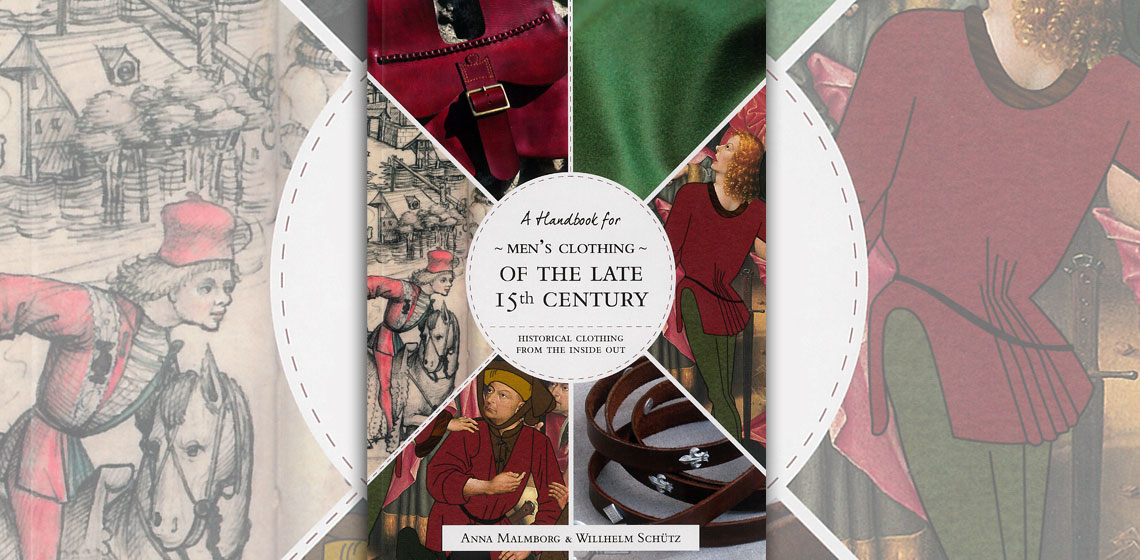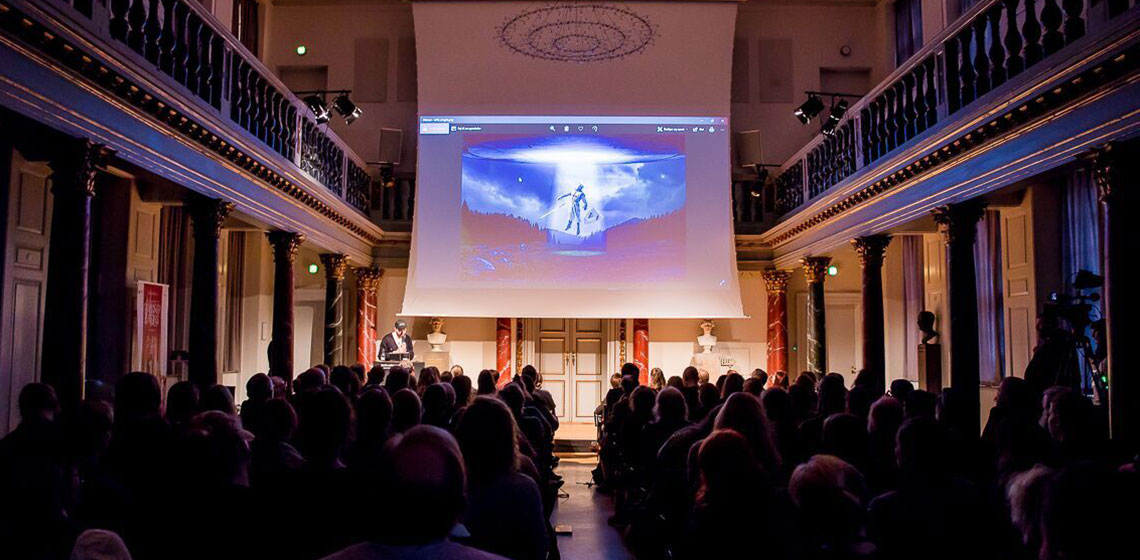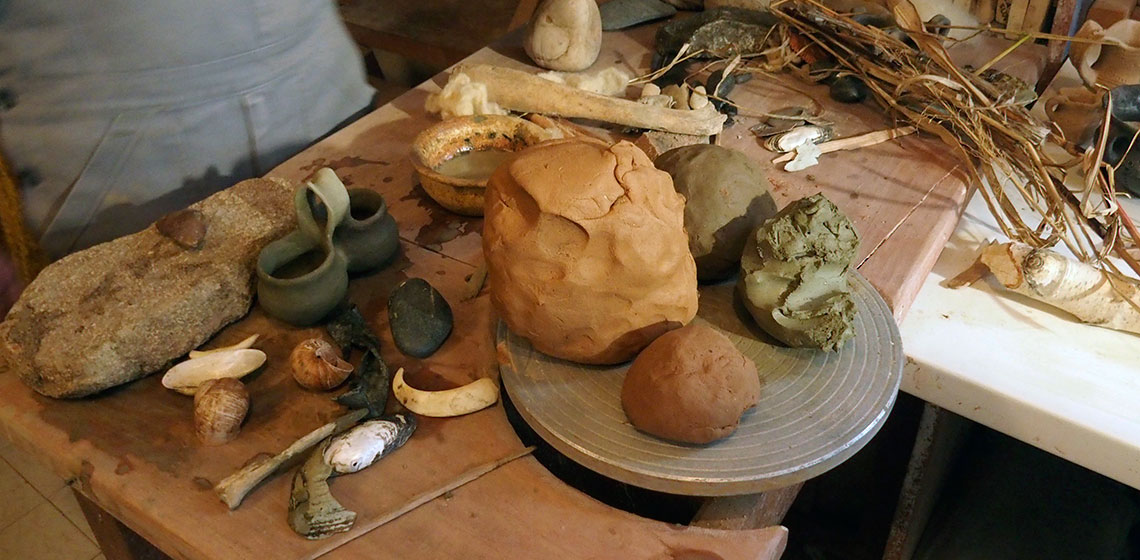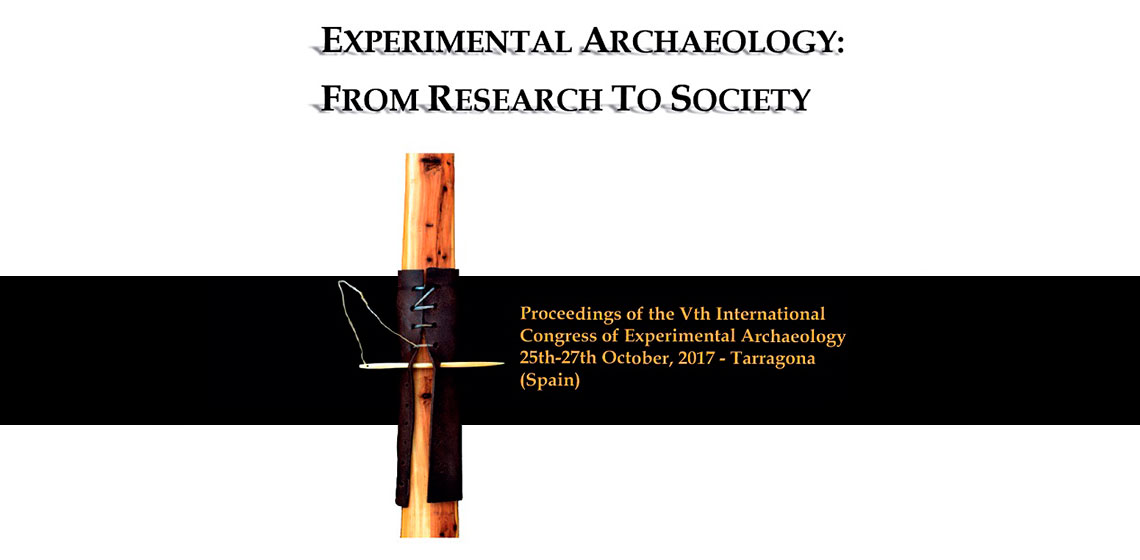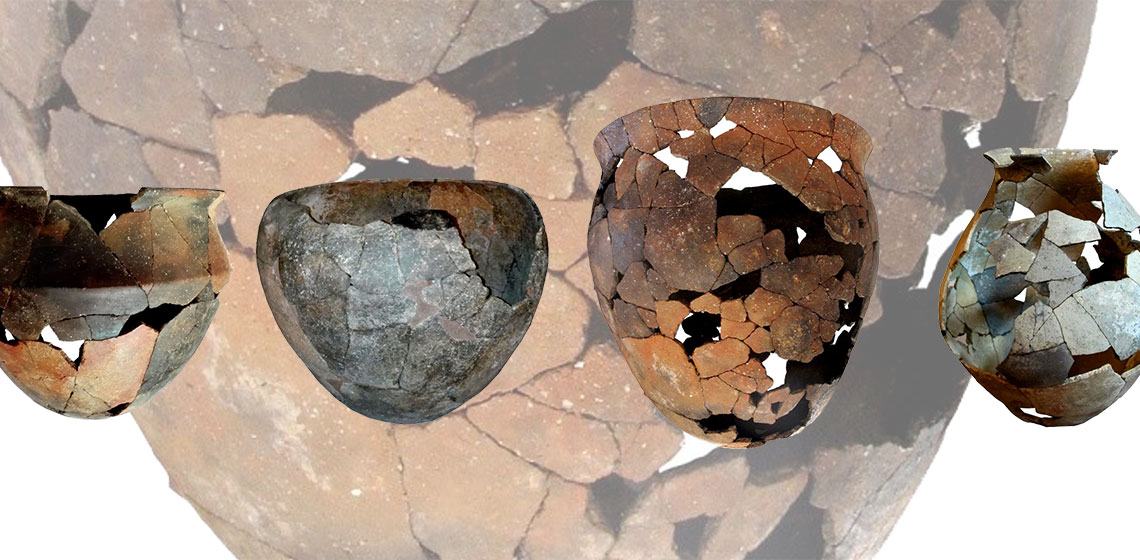EXARC Journal Issue 2019/2
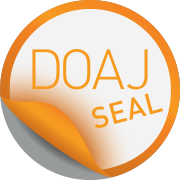


23 Articles | DOAJ | Open Access
ISSN: 2212-8956
Publishing date: May 21, 2019
📄 EXARC Journal 2019/2 Table of Contents
Copyrights: EXARC, 2019
Summary
The second EXARC Journal of this year is as thick as the first one. The 12 reviewed articles cover subjects like ancient beer, firing pottery with camel dung, antler working and bead making, or reconstructing ornamentation on Russian pottery. A hot issue is skills shortage in experimental archaeology, and... what do we actually mean by experimental archaeology? Can we take archaeological concepts outside class? We go from Jordan to Canada, from India to Poland, going underground in Ireland or making Iron Age jewelry in Italy. Finally, we also discuss the use of volunteers in Living History. Several articles are from EXARC meeting in Kernave in September 2018.
Then we also have 11 unreviewed short articles, mainly reviews of events, books and interviews with people we find interesting. Here you will find some articles on CRAFTER, our EU project. It’s a whole lot!
Reviewed Articles
De Re Cervisia et Mulso, “on The Subject of Beer and Mulsum”
Experimental Bonfirings of Pottery with Camel Dung Fuel, Jordan, July 2018
Skills Shortage: A Critical Evaluation of the Use of Human Participants in Early Spear Experiments
Going Underground: An Experimental Archaeological Investigation of an Early Medieval Irish Souterrain
Wives, Queens, Goddesses: Reconstructing the Outfit of a 8th-7th Century BC Picenian Woman
Popularisation of Experimental Archaeology in the Activity of Harjis - Project under the Patronage of the Institute of Archaeology of the University of Lodz (PL)
***This article outlines our experiences gained during the implementation of activities at the Society of Experimental Archeology Harjis. Our society aims to recreate dress, weaponry and the realities of the Przeworsk culture, that is, people living in the first centuries of Common Era in the territory of present-day Poland...
Experience and Discovery: Engaging the Public in Research. A Survey on Experimental Archaeology Contemporary Practice and Meaning – Preliminary Results
***The traditional way of engaging the public with the past has changed: now, through experimental archaeology, we can have a direct, physical contact with the “past”. But, as researchers know, the means used to engage the public are the fruits of an active process of investigation, especially in experimental archaeology. Could it be possible to enable visitors to actively engage in the questioning of the past, to let them experience the discovery process?
A Preliminary Attempt to Reconstruct some Tools and Techniques of Ornamentation of the Comb-Pit Ware from the Site of Hepojarvi (Karelian Isthmus, Leningrad Oblast, Russia)
Taking Archaeological Concepts outside the Social Science Class in Indian Schools
Have you got the tine? Prehistoric Methods in Antler Working
The Mother of All Bead Furnaces: Testing a Hypothesis about a Natural Draft Bead Furnace
How to Make a Medieval Town Come Alive – the Use of Volunteers in Living History
***For over 25 years The Medieval Centre/Middelaldercentret in Nykøbing F. Denmark has used volunteers to inhabit the reconstructed medieval town of Sundkøbing. To combine the use of volunteers and living history is not easy or something that happens spontaneously. It is hard work and requires patience, strength and firmness, but also...



